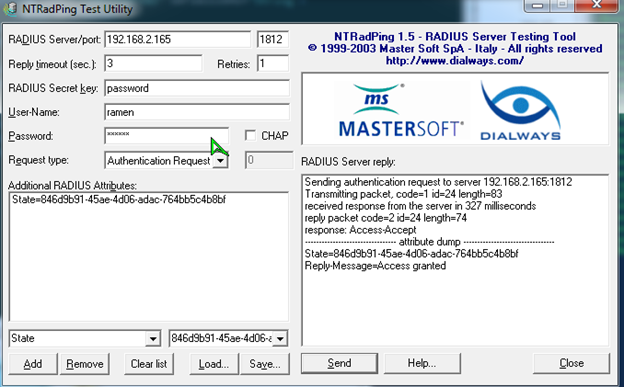


LEAP may be configured to use TKIP instead of dynamic WEP. LEAP allows for clients to re-authenticate frequently upon each successful authentication, the clients acquire a new WEP key. Important features of LEAP are dynamic WEP keys and mutual authentication (between a wireless client and a RADIUS server). Lightweight Extensible Authentication Protocol (LEAP) is a proprietary wireless LAN authentication method developed by Cisco Systems. Protected EAP (PEAP) adds a TLS layer on top of EAP in the same way as EAP-TLS, but it then uses the resulting TLS session as a carrier to protect other, legacy EAP methods. This greatly simplifies the setup procedure since a certificate is not needed on every client. The client can, but does not have to be authenticated via a CA-signed PKI certificate to the server. Test authentication to any public online RADIUS server via radtest or eapoltest tools. It offers minimal security the MD5 hash function is vulnerable to dictionary attacks, and does not support key generation, which makes it unsuitable for use with dynamic WEP, or WPA/WPA2 enterprise.ĮAP Tunneled Transport Layer Security is an EAP protocol that extends TLS. It provides some common functions and negotiation of authentication methods called EAP methods.ĮAP-MD5 was the only IETF Standards Track based EAP method when it was first defined. EAP is an authentication framework, not a specific authentication mechanism.


 0 kommentar(er)
0 kommentar(er)
